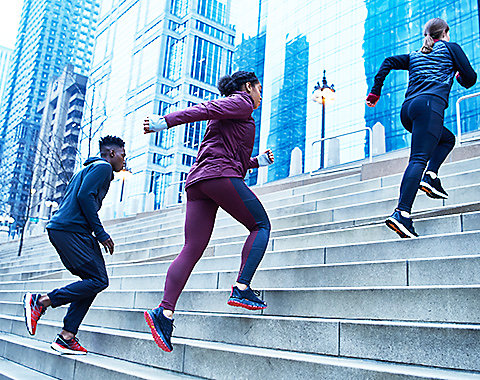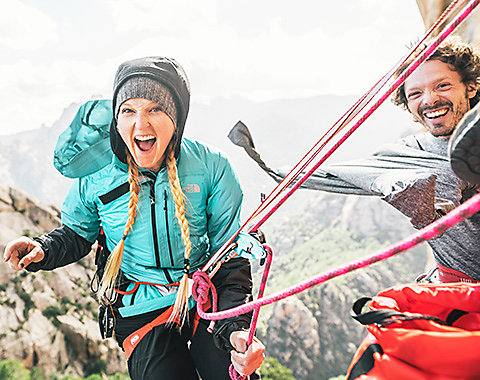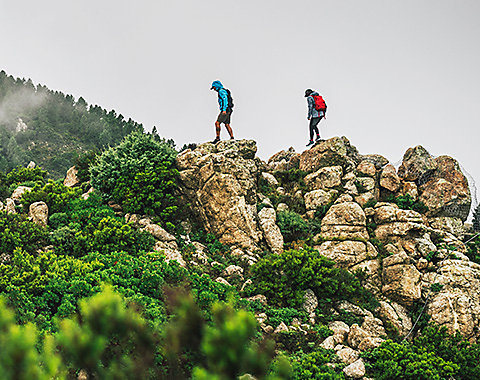It's sometimes said that ultra-marathons are really just eating competitions. If you're going to be on the move for five, 10 or even 20 hours you need to fuel your body and doing that effectively will be the difference between finishing and, well, suffering.
The right sort of calories are definitely important but, at the end of the day, as long as you eat and drink regularly then you're going to be moving in the right direction. The most important thing, however, is to listen to your body. It will tell you, loud and clear, what it needs through cravings between feed stations.
When you're going on a long run, and especially during a race, having a selection of different foods is important for keeping your spirits high and energy levels maintained.

Eating on the move
The secret to eating on the move is having easily accessible food in small, bite-sized chunks. Practice during training runs to master the art of on-the-go snacking. Eventually, you will find your perfect trail snack that works for your stomach.
Popular on-the-move snacks are gels, dried fruit and nuts - though don’t forget Jelly Babies!
Eating at feed stations
Coming into a feed station can feel like arriving at the gates of heaven. Almost everything and anything you could want will be there from fresh fruit and nuts to sandwiches, chocolate, cakes, cheese and dried meats. Some races you even stumble across pizza and pasta!
What you eat at the feed station is going to be all about what your body is craving at that moment. If you’re hankering for fresh fruit then dig in, maybe you have a sweet craving and want a sugar kick from a chocolate bar, then go for it. But don't over do it. Overeating can come back to haunt you.
Practice before race day
Your cravings are likely to change during a race and they definitely will if you’re going for the longer distance races. Be careful about changing up your nutrition on the day. Picking a food that, on a normal day you love but haven't tried while running, could have a negative reaction when you are 40km in with another 40 to go.
The only way to know what works and what doesn’t, is to practice on your training runs. Even shorter runs that you might not normally eat on can be good to practice eating on the go. Learn how much you can eat without getting bloated or too full. And the details count, too. Even the size of bites you take to most effectively get the food in you.



